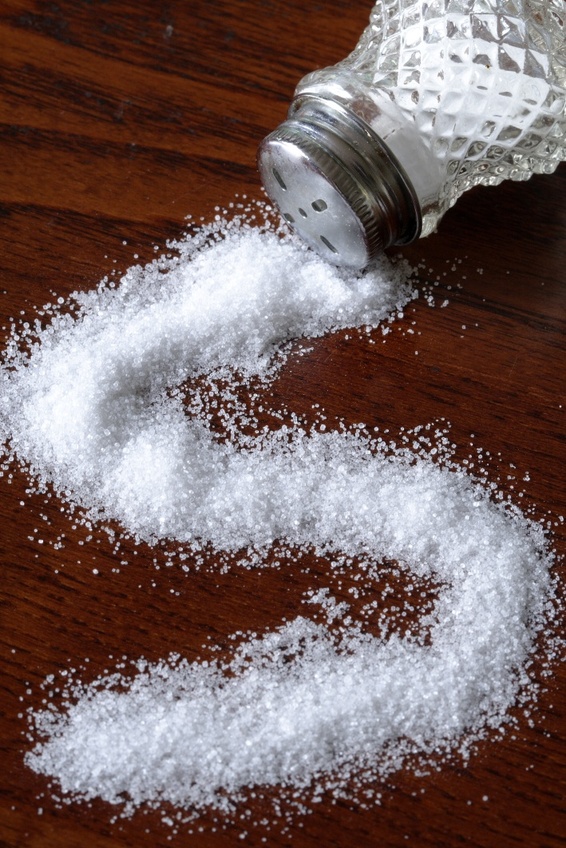How much salt do babies and children need?
Babies and children only need a very small amount of salt in their diet. However, because salt is added to a lot of the food you buy, such as bread, baked beans, and even biscuits, it is easy to have too much.
The maximum recommended amount of salt for babies and children is:
- up to 12 months – less than 1g of salt a day (less than 0.4g sodium)
- 1 to 3 years – 2g of salt a day (0.8g sodium)
- 4 to 6 years – 3g of salt a day (1.2g sodium)
- 7 to 10 years – 5g of salt a day (2g sodium)
- 11 years and over – 6g of salt a day (2.4g sodium)
Babies who are breastfed get the right amount of salt through breast milk. Infant formula contains a similar amount of salt to breast milk.
When you start introducing solid foods, remember not to add salt to the foods you give to your baby, because their kidneys cannot cope with it. You should also avoid giving your baby ready-made foods that are not made specifically for babies, such as breakfast cereals, because they can also be high in salt.
Lots of foods produced for children can be quite high in salt, so it’s important to check the nutritional information before you buy. The salt content is usually given as figures for sodium. As a rough guide, food containing more than 0.6g of sodium per 100g is considered to be high in salt. You can work out the amount of salt in foods by multiplying the amount of sodium by 2.5. For example, 1g of sodium per 100g is the same as 2.5g salt per 100g.
You can reduce the amount of salt your child has by avoiding salty snacks, such as crisps and biscuits, and swapping them for low-salt snacks instead. Try healthy options such as dried fruit, raw vegetable sticks and chopped fruit to keep things varied.
Making sure your child doesn’t eat too much salt means you’re also helping to ensure that they don’t develop a taste for salty food, which makes them less likely to eat too much salt as an adult.
Further information:
- How much salt is good for me?
- Baby food – common questions
- Children’s meal ideas
- Cut down on salt
- Salt – the facts
- Your pregnancy and baby guide
Summary
Information on how much salt your baby or child requires.
Categories:
- Food and diet
- Children and healthy eating
- Salt and sugar, fibre and fats
- Children’s health
- 0-2 years
- 3-6 years
- 7-12 years




